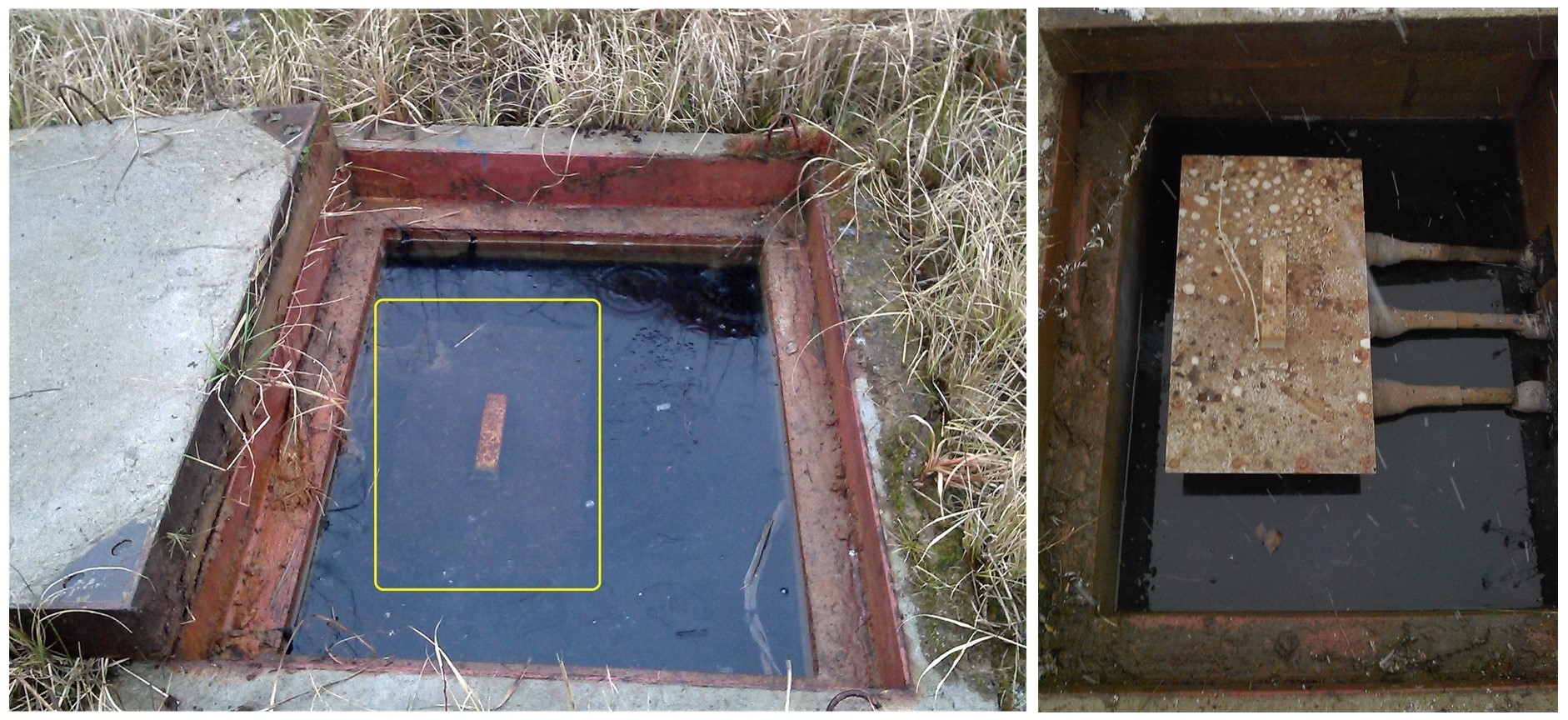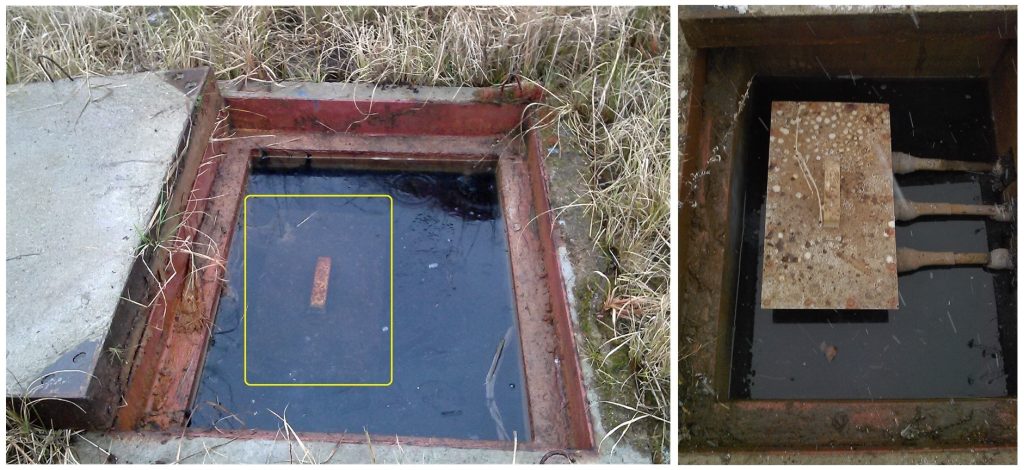
Special type of sheath voltage limiters (SVL)
High voltage cables have an outer sheath. It is very important to ensure that sheath does not have serious damage. Otherwise, water may get into the cable, which in a few years will lead to a short-circuit of main XLPE-insulation. The sheath tests are performed by applying a DC of 10 kV between the cable screen and the ground for a time of 1 min. Such tests are carried out on new lines, as well as periodically during their operation. The test procedure becomes more complicated for those lines where the cross-bonding of screens is performed. And in the photo we see one of the difficulties of such tests. Let’s explain.
For the cross-bonding of the cable screens special link-boxes are well-known. Inside these boxes are installed surge arresters (sheath voltage limiters SVL), usually of voltage class 3-6 kV, which are necessary to protect the outer sheath from impulse overvoltages. The difficulty lies in the fact that the specified SVLs of AC voltage of 3-6 kV when applied DC voltage of 10 kV, conduct current, and thereby interfere with cable sheath testing. Therefore, before testing the cable outer sheath, it is necessary to open boxes and disconnect SVLs.
Removing the SVL from the box means that the box will be open, which means there is a risk that it will be badly closed back. This happens especially often for the reason that sand will get under the lid sealing. As a result, the tightness of the box will be broken. If the cross-bonding node is located underground (that is very common in cities), then there is a risk that after testing, water will gradually penetrate into the box.
If in normal operation mode the water penetrates inside the box, it means that the water will begin to boil under the influence of voltage induced on the cable screens. As a result, we will get box damaged and cross-bonding broken – that is the cable line behaves like a line with solid grounding, which leads to XLPE-insulation overheating.

What can we do? There are several options but the simplest one is to equip boxes with SVLs of special type. These SVLs should be of increased voltage class 8.0-8.5 kV instead of a standard 3-6 kV. Yes, such an SVL protects the outer sheath from impulse voltages a little worse, but it does not need to be disconnected during the testing of the cable outer sheath with a DC voltage of 10 kV.
It has been repeatedly proven that a SVL with an AC voltage class of 8.0-8.5 kV, when exposed to a DC of 10 kV, passes a DC current of only a few tens of µA, which is not enough to interfere with cable sheath tests. This means that it is not necessary to climb into the cross-bonding boxes and break their tightness. SVLs of continuous operating voltage 8.2 kV have been using for years almost in all countries of former USSR and proved to be the best solution.
I will continue to talk about the cross-bonding nodes and what I think about the standards – for example, about the length of connecting wires.
